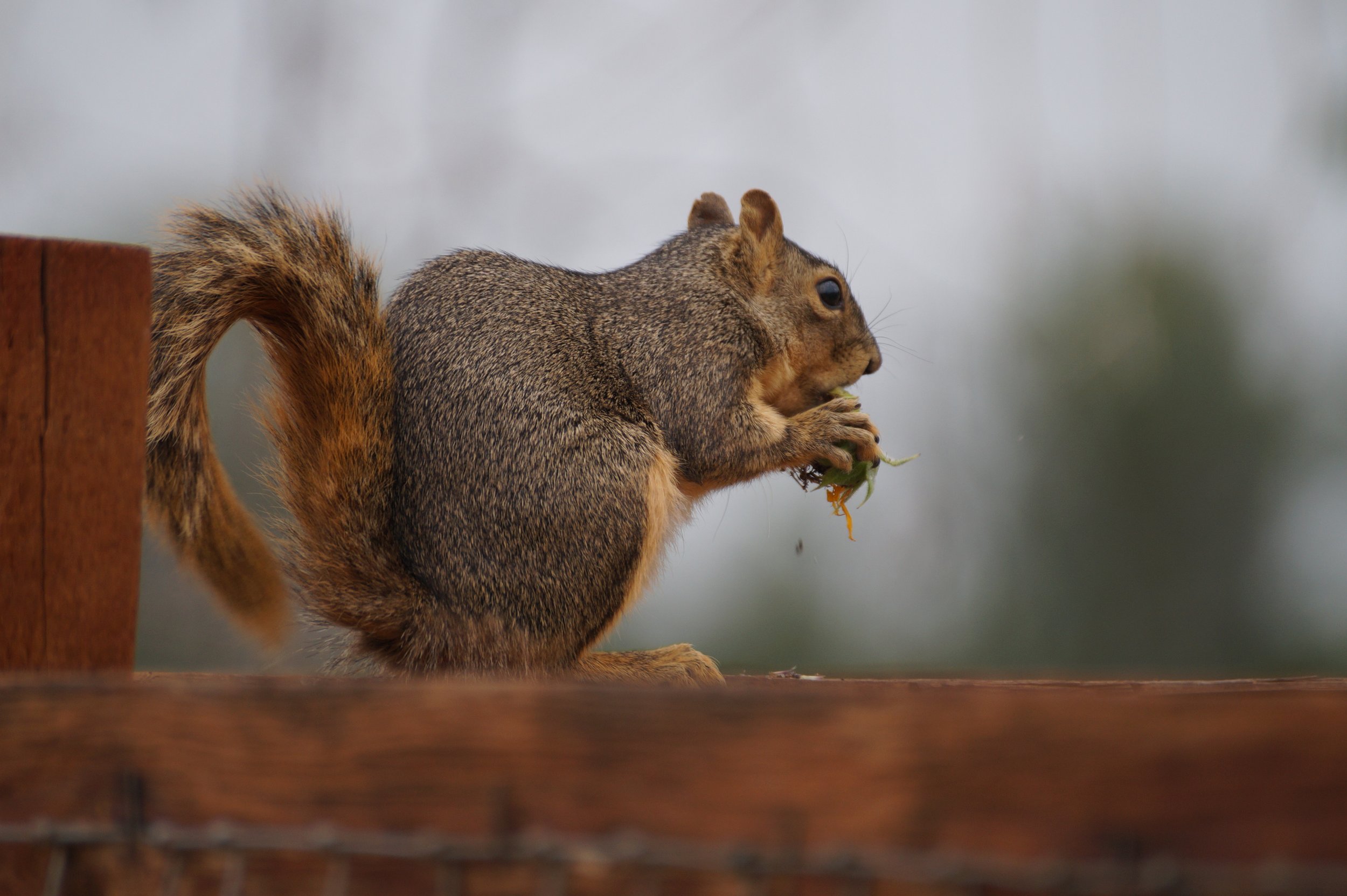These little friends can be seen year-round, searching for nuts, seeds, and acorns. Though tempting, resist the urge to feed squirrels or other wildlife for the health of the animal and your own safety.
Black Bear
Black bears are frequent visitors in and around the park. Please make sure if you pack your food in that you pack it out, or use the Bear-Safe trash bins labeled REFUSE. The bears will stay healthy and picnickers will stay safe. Click here for what to do if you see a bear.
Mule Deer
Mule deer frequently linger on trails and along roadsides during quieter times of the day. A Mule deer’s finely-tuned sense of hearing help it to detect danger.
Hummingbirds
Fantastic Audubon Society Overview: https://www.audubon.org/field-guide/bird/broad-tailed-hummingbird
The metallic wing-trill of the male Broad-tailed Hummingbird is a characteristic sound of summer in the mountain west. This sound is often heard as a flying bird zings past unseen. The birds are seen easily enough, however, at masses of flowers in the high meadows, where they hover and dart around the blossoms, often fighting and chasing each other away from choice patches.
Broad-tailed Hummingbird
Broad-tailed Hummingbirds breed in high-elevation meadows, shrubby habitats near pine-oak and evergreen forests, and forest openings within pinyon-juniper, oak woodlands, and evergreen forests in the western United States.
Male defends territory by perching high, scanning for and then chasing intruders. In courtship display, male repeatedly climbs high in the air (up to 60 feet) and then dives, with a loud wing-trill. Nest site is in a tree, on a near-horizontal twig or branch, typically sheltered from above by an overhanging branch. Usually 4-20 feet above the ground, sometimes higher. Nest (built by female) is a neatly constructed cup of spider and plant down, with the outer edge covered with lichen, moss, bits of bark.
Rob Lucey - Treasurer
Rob spent most of his childhood and journalism career in the flatlands of Texas before choosing to retire early in Colorado Springs with his artistic wife Jo in 2017. He’s still getting acclimated. One reason they picked the Springs is the astounding beauty of the parks, which Rob thinks exceeds that of many national parks he’s visited.
When not helping with trail work in the Cañon and other city parks, Rob can be found volunteering at the Horticultural Arts Society demonstration gardens in Monument Valley Park or toiling at the endless renovations to the circa 1901 home in the Ivywild neighborhood he inhabits with Jo and their cat. He also finds time for occasional travel, reading and songwriting.







